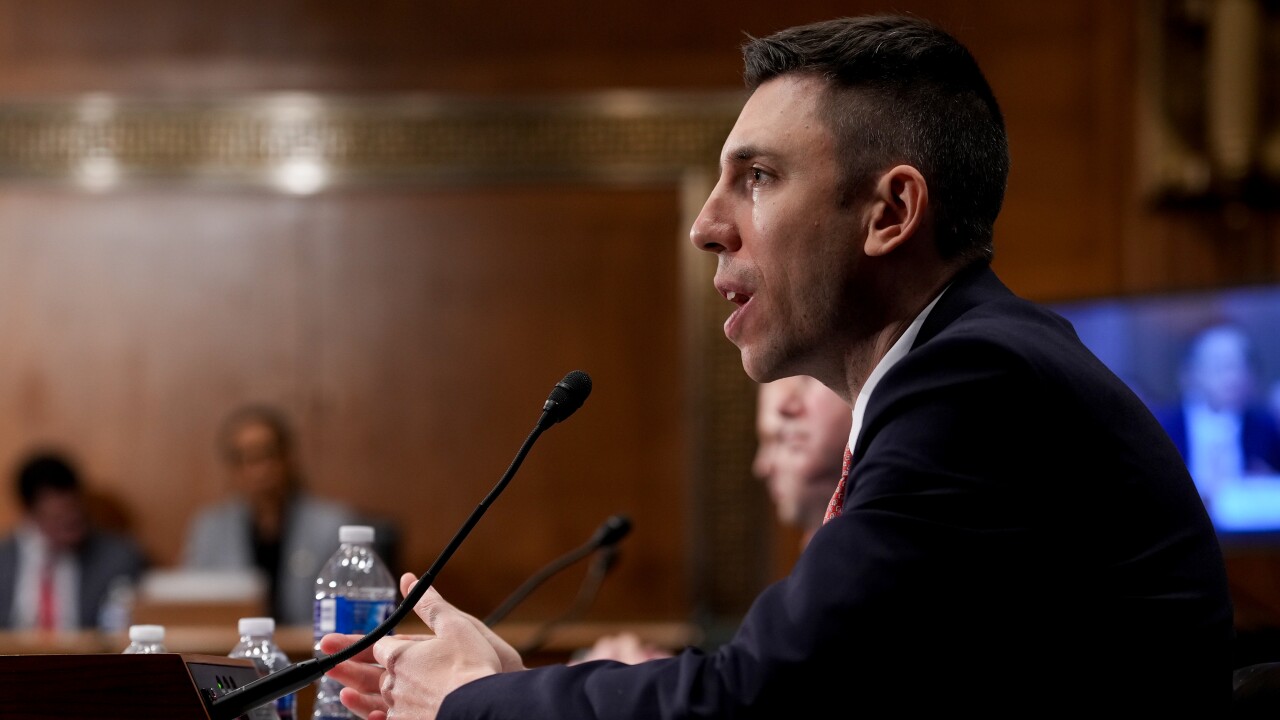Every merchant knows the saying: "Half the money I spend on advertising is wasted; the trouble is
But perhaps Visa knows.
Visa is collaborating with Oracle to help merchants find out if digital advertising is influencing consumer purchases online and in stores. The service, called "Advertising solutions," reveals whether or not a Visa card purchase was made following an ad view on mobile, display, video and social channels.
"We can say 'of these ten thousand people who got the ad, 6% made a purchase in your store, the average transaction was X and the average time between seeing the ad and making a purchase was X,'" said Mike Lemberger, senior vice president of loyalty and data solutions at Visa. "We're stewards of the
The service allows retailers to select a target market based on demographic and past purchase behavior. For a segment such as 'millennial women,' retailers push a digital ad to this group using using Oracle's Data Cloud across channels and devices.
Once the merchant collects data on the ad's effectiveness, it can then post the ad to a social network site with a better understanding of who that ad is reaching and what response it will get.
Visa did not disclose any fee sharing or revenue structure tied to its Oracle collaboration. "Visa's not becoming a demand side platform or a player in the ad tech space," Lemberger said. "But we want it to be easy to get insight on ads."
The use of the cloud allows companies that are using the service to avoid setup work, said Michelle Hulst, vice president of strategic partnerships and business development for the Oracle Data Cloud, which works with 96 of the top 100 advertisers in the U.S. and can crunch data on more than 100 million households.
Visa contends there is a hole that's holding back digital advertising, citing
"There is trouble measuring return on investment in advertising, and the ad tech industry is looking for ways to tackle that, to make the data actionable," Lemberger said.
Linking marketing and promotional spend with consumer behavior and purchases is the "holy grail" of marketing, and while there are offerings that can achieve the correlation in a closed loop environment, a generalized platform open to different merchants, products, services and consumer demographics has been more aspirational than real, said Thad Peterson, a senior analyst at Aite Group.
"This offering connects the dots, enabling the merchant to directly link their promotional activity to sales," Peterson said. "Beyond the tactical value, the data will contribute to their CRM database, informing future marketing activity. For publishers and advertisers, it will allow them to tailor offerings to specific product categories and demographics with actual results to prove the value."
The challenge may be in implementation, since marketers will need to learn how to best use the tool to optimize value at an appropriate level of granularity, Peterson said. "There's a danger in micromanaging this type of program," he said.
Visa and Oracle are also operating in an environment with lots of technology companies contending they can better match ads to performance, particularly in the digital channel.
Among
Visa may be able to boast of the size of its network, but it is not the only game in town. Companies that grew up on the Internet are just as savvy about what to do with the data they collect, said Gareth Lodge, a senior analyst at Celent.
"One of the things that Google has been very good at doing is selling advertising. It's not just the number of people, but showing what they did after those ads," Lodge said.





